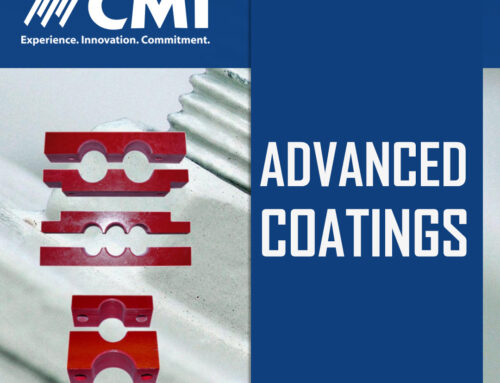PCB Design Considerations for Military Grade Electronic Components
Considering military grade electronic components? There used to be a common phrase that people in manufacturing would say. This phrase was “It is good enough for the military.” While not being in manufacturing this might sound as if the product is subpar. However, it actually means quite the opposite in manufacturing. Military specifications (MIL SPEC) is very high and means that it can withstand all sorts of environment and temperature range. The military has a very high expectation of their electronic components and standards by which they are to be produced. Often higher standards than their consumer electronics companions.
Standard considerations for PCB are no different. You need to first familiarize yourself with the actual military specs. Take the time to understand the protocols to determine the authenticity of the products. It is important that you understand the performance criteria and put quality measures in place that will test the incoming components. Testing is also talked about in the standards of which you need to learn. Once this is all understood you can then seek out a contract manufacturer (CM) that has the capabilities needed to produce a PCB design.
PCB Design and Development

Military Grade Electronic Components
Design and development take extra planning and knowledge of the military grade standards throughout the entire process from the start of a project all the way through to ensure those standards are met 100%.
Performance Standards for Mil Spec Components
The MIL0PRF-38535 is the military performance standard that establishes the general performance that is needed to meet the MIL SPEC. Of course, there are many standards that can go into any electronic component and its material. Each standard is very thoroughly tested with defined processes from the design all the way to the testing.
Guidelines for PCB Design with Military Electrical Components
The guidelines are spelled out in the MIL-SPEC or MIL-STD (military standard). These were designed by the United States military to ensure that the PCB can within stand the hard life of living in the military. There are military standards for everything and can be easily referenced.
Testing Standards for Military Grade Electronics
The main testing standard for these components is MIL-STD-202 which establishes the uniform methods of testing electronics that are destined to be used by the military in all of the extreme conditions and harsh environments that they face. This is why testing standards and all standards need to be followed. This allows for a very robust part that can be relied on even in the harshest conditions whether that is rain and color or heat and drought.
Standards for Military Use
Often this is called MIL-STD. These standards are set by the department of defense to ensure they get products that can withstand the harsh conditions that the military face. MIL-STD standards are guides that help the manufacturing process ensure that the end products are up to par.
Enhanced Features of MIL-STD Diodes
The military is in areas and parts of the world that don’t have great control over regulations of their power. Because of this, they can see massive surges. Proper electrical diodes that can handle this are critical. The military grade diodes have to maintain tighter tolerances to ensure the least amount of surge gets past as possible. They are radiation-hardened and fitted with more enduring packaging.
Military Computers and Their Role in the Automotive Industry

Testing Standards for Military Grade Electronics
Remember that saying, If it is “military-grade it is good enough for me.” Automotive industries feel the same way. Why take more time and effort to make their own standards when the standards are already out there and done for you. Seriously, the automotive companies have just adapted, mostly, to the military standards and strive to be a contract manufacturer for the military. After all, the cars that the automotive industry makes are going to be under the same crazy conditions as the military. So why not follow what they do as far as planning, designing, and testing the parts?
Industrial and Commercial Applications for Military Grade Electronics
MIlitary electronic devices are built rugged and there are many products and applications that are going to endure harsh conditions. There are many different applications that could benefit from military-grade applications such as:
- Mining Operations – The electronic equipment of mining operations is a good example where there are extremes in temperatures as well as moisture. The pressure in the mines can also affect the way that the electronics would function versus regular circumstances.
- Marine applications – Ships and other vessels are constantly exposed to water. Furthermore, if the water is from the ocean then you have to deal with saltwater that is very corrosive in nature. While this is a fact of the boating industry, the materials used to build the boats must be up to par for it.
- Research activities – People that do research around the world find themselves in quite a large amount of various climates. These climates could be in the form of a rainy forest or desert sands. Collecting data is important for scientists and having equipment that can hold up is as well.







You must be logged in to post a comment.